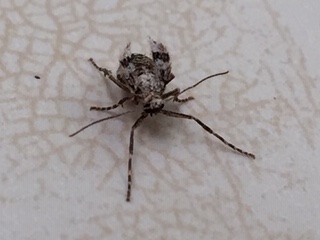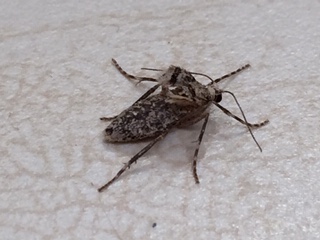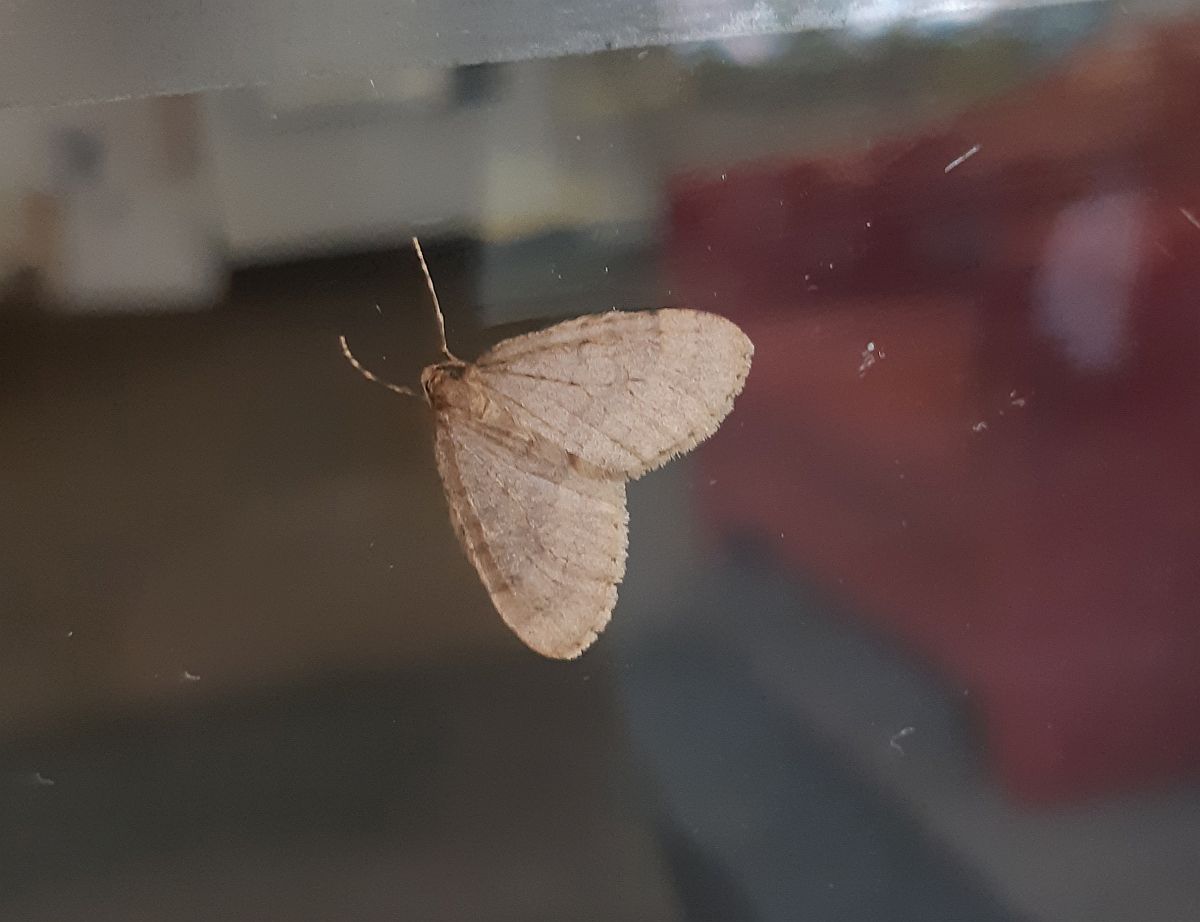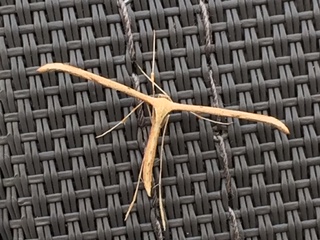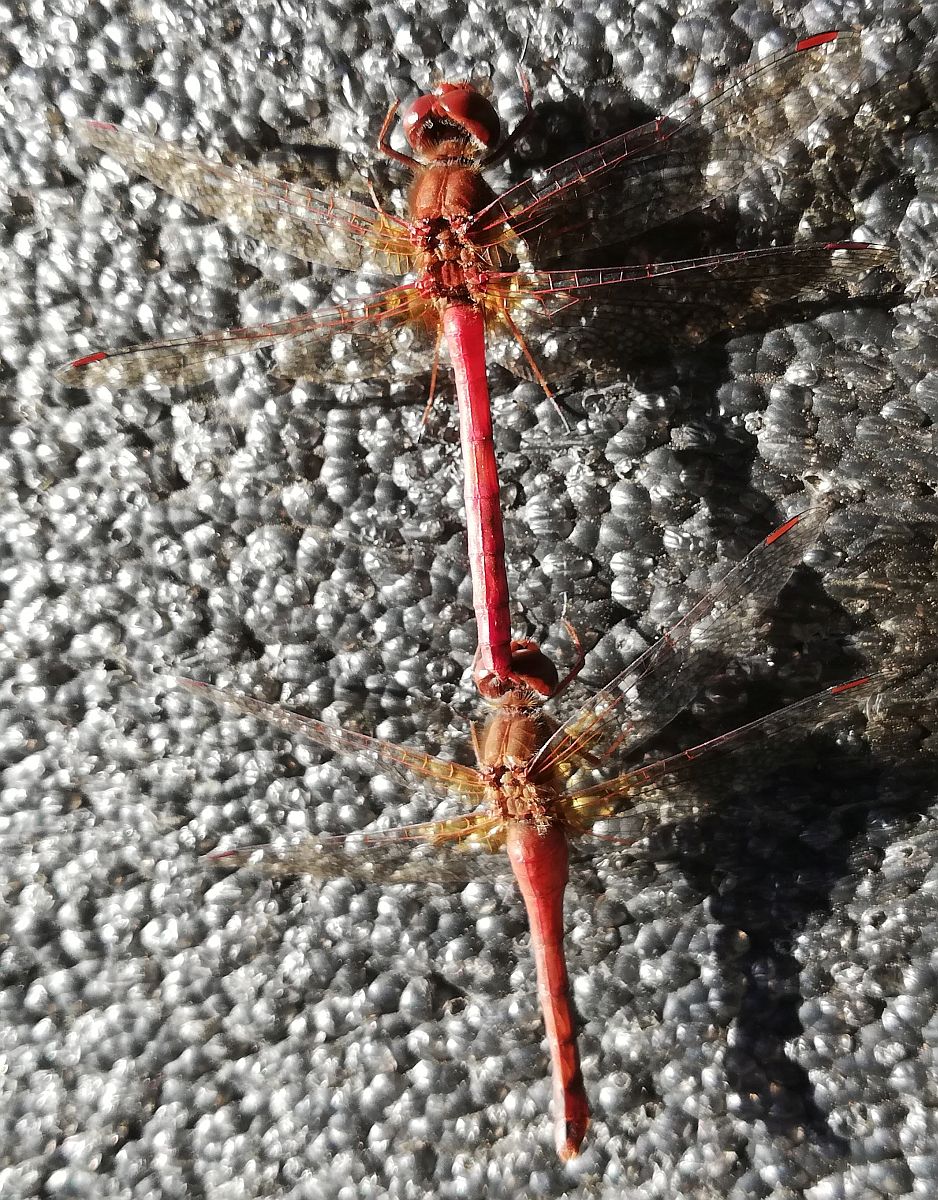2018 November 30
Jeremy Tatum writes: No butterflies these days, so I am reduced to photographing the firebrats that share my apartment building with me in Saanich. Like many other organisms, the firebrats and silverfish have been subject to various changes in taxonomic classification. They used to be in the Order Thysanura (Three-pronged Bristletails – “Thysanura” is Greek for “bristletail”) of the Class Insecta. However, several Orders within the former Class Insecta have been moved to a new Class, Entognatha. Further, the entognathan Order Thysanura has been replaced by two separate Orders – Zygentoma and Archaeognatha. The present classification of firebrats and silverfish is, I believe:
Phylum Arthropoda
Subphylum Hexapoda
Class Entognatha
Order Zygentoma
Family Lepismatidae
The best-known insects entognaths in the large Family Lepismatidae are the Firebrat Thermobia domestica and the Silverfish Lepisma saccharina – although I have never yet seen the Silverfish in Victoria. The Firebrat is a common commensal in my apartment building. The animal shown here is neither the Firebrat nor the Silverfish, but is Ctenolepisma longicaudata, rather less common in my building than Thermobia domestica. As for an English name, Grey Firebrat or Grey Silverfish are used – though I think the former would be more accurate. The true Silverfish likes cold, damp places. The firebrats like it warm and dry.

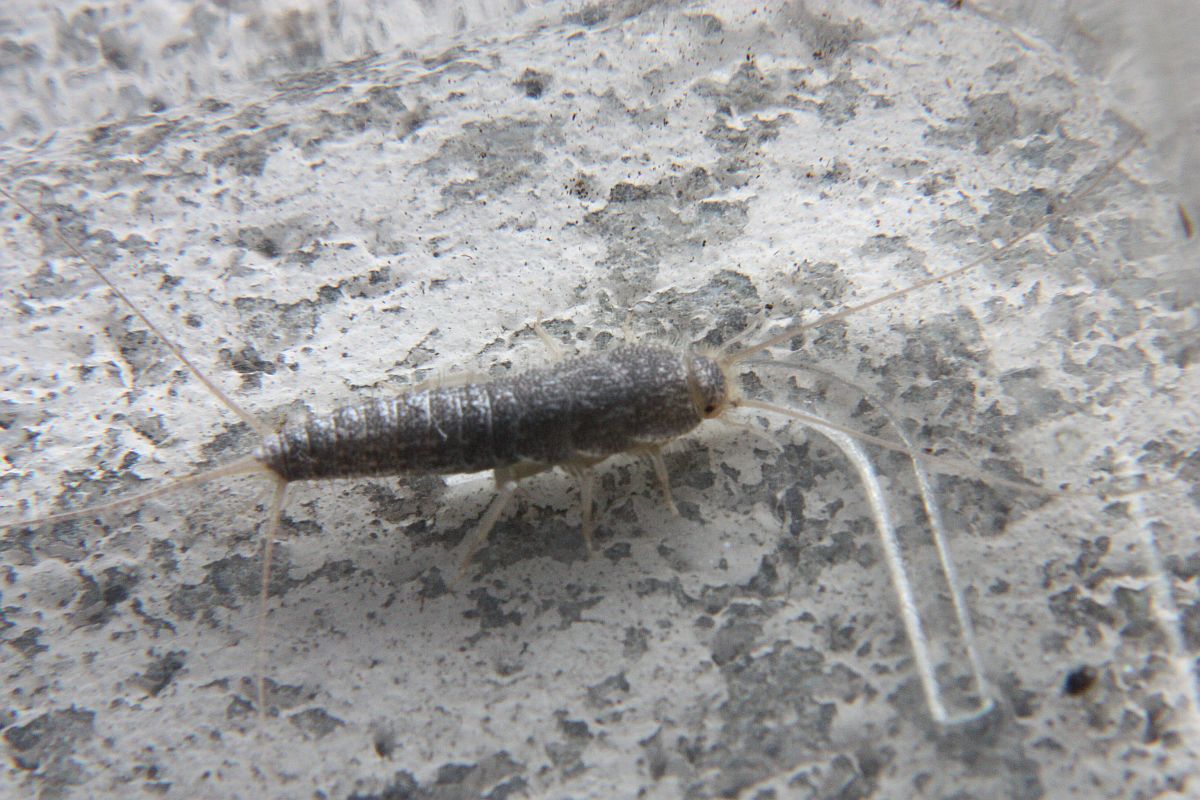
Ctenolepisma longicaudata (Zygentoma: Lepismatidae) Jeremy Tatum

